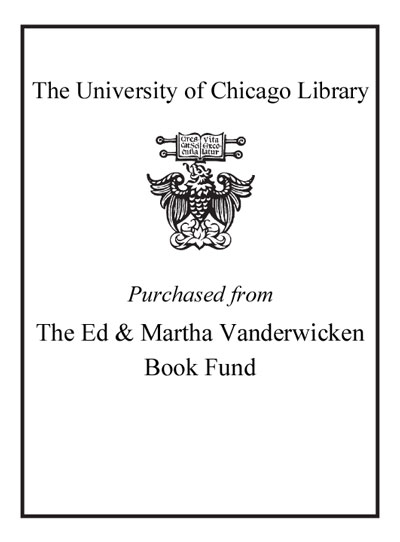A consensus proposal for a revised regional order in post-Soviet Europe and Eurasia /
Saved in:
| Imprint: | Santa Monica, Calif. : RAND Corporation, [2019] |
|---|---|
| Description: | xi, 117 pages : color illustrations, color map ; 23 cm |
| Language: | English |
| Subject: | |
| Format: | Print Book |
| URL for this record: | http://pi.lib.uchicago.edu/1001/cat/bib/11971171 |
Table of Contents:
- Preface
- Figures and Tables
- Acknowledgments
- Abbreviations
- Chapter 1. Introduction
- Chapter 2. Regional Security Architecture
- The Status Quo and Its Shortcomings
- Proposal
- Proof of Concept: A Belarus Scenario
- Conclusion
- Chapter 3. Economic Integration
- Caught In-Between: Threats and Opportunities
- The Status Quo
- Proposal
- Conclusion
- Chapter 4. Regional Conflicts
- Interlinkages Between the Other Two Elements of the Regional Order Dispute and the Conflicts
- Regional Conflicts Go Beyond Geopolitics
- Proposal, Part I: Conflict Management
- Proposal, Part II: Moving from Conflict Management Toward Settlement
- Proposal, Part III: Additional Incentives for Regional States and Entities to Engage
- Conclusion
- Chapter 5. Summary: A Consensus Proposal for a Revised Regional Order
- Appendix: Current Pain-Reduction Measures in the Region
- References
- Author and Editor Biographies

